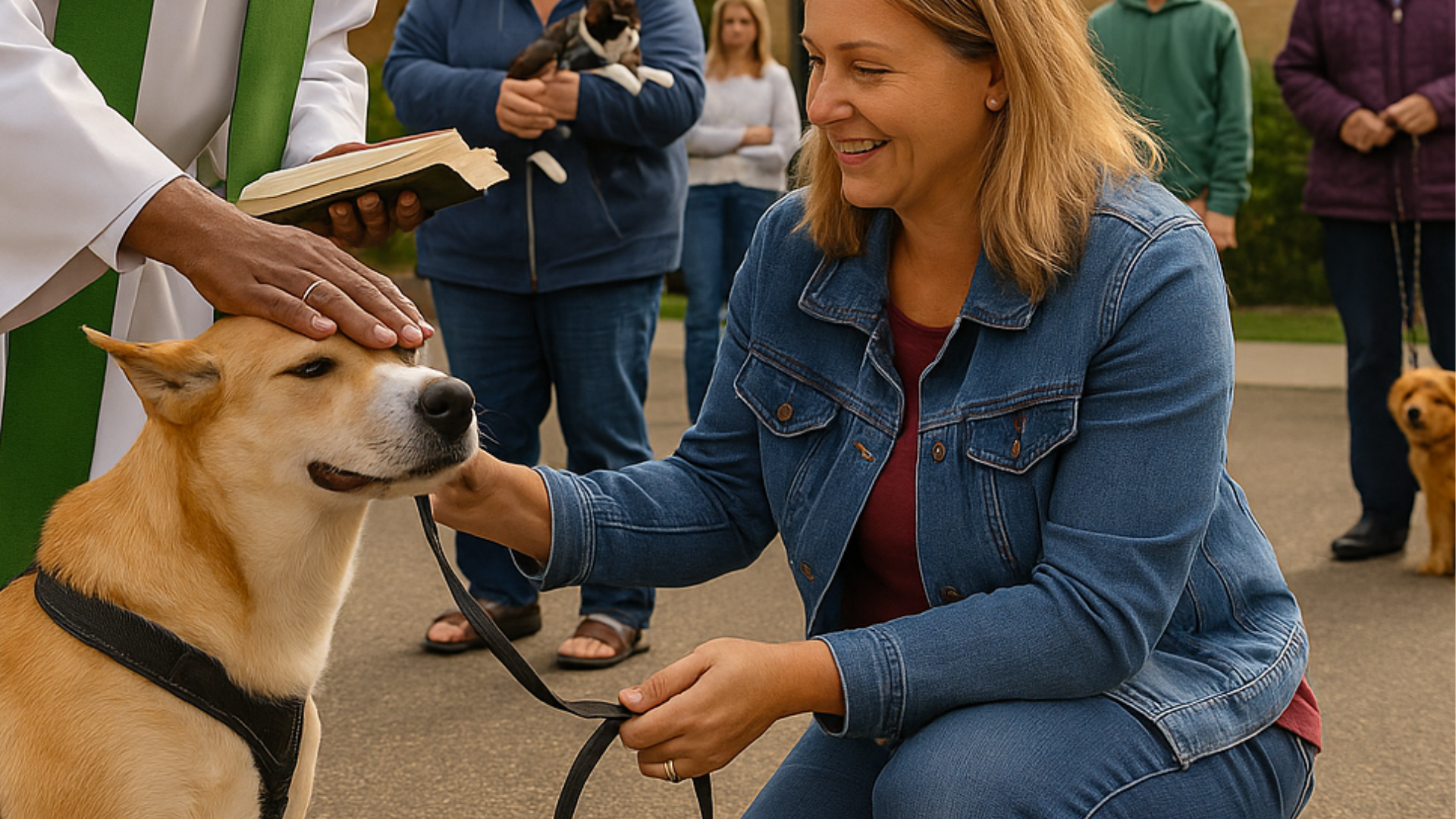As severe weather hits harder and more often, Bismarck’s planners and conservation partners are racing to adapt. From bolstered flood defenses along the Missouri River to habitat restoration in the Badlands, local and tribal leaders say the time for climate resilience is now.
The U.S. Northern Plains are warming faster than the global average, increasing risks of drought, heavy precipitation, flash flooding, and extreme heat. North Dakota’s Department of Environmental Quality recently pulled back from active climate grant programs, citing funding uncertainty. That decision has put more pressure on local governments, tribes, and non-profits in places like Bismarck to take the lead.
Meanwhile, the newly opened Three Affiliated Tribes National Park, launched by the Mandan, Hidatsa and Arikara Nation, is already shaping conversations about regional land use, conservation, and climate adaptation strategies.
For Bismarck and nearby communities, the questions are becoming urgent: How do we fortify our infrastructure? How do we manage land and water to buffer extremes? And how can this tribal park become part of a resilient, connected landscape?
Flood Control Gets a Fresh Look
City engineers are revisiting levee upgrades and wetland buffers along the Missouri River, which historically protects Bismarck from spring runoff. Local officials say new hydrological modeling suggests more frequent “500-year” flood levels within the next few decades.
“We can’t just rely on yesterday’s standards,” says city water engineer Maya Olson. “We’re recalibrating our designs to survive storms once deemed improbable.”
The city is coordinating with state agencies and the Army Corps of Engineers to align flood mitigation with habitat corridors and recreation zones.
Recent research shows healthy grasslands can store significant carbon underground—often more reliably than croplands. Local ranchers and conservation groups are piloting prairie-restoration projects west of Bismarck, especially on marginal lands, aiming to reduce erosion and boost carbon capture.
“It’s a quiet, natural defense mechanism,” says Rebecca Phillips, a grassland ecologist. “These plants anchor soil, buffer rainfall, and hold carbon in place.”
What’s Happening in Bismarck & Region
1. Flood Control Gets a Fresh Look
City engineers are revisiting levee upgrades and wetland buffers along the Missouri River, which historically protects Bismarck from spring runoff. Local officials say new hydrological modeling suggests more frequent “500-year” flood levels within the next few decades.
“We can’t just rely on yesterday’s standards,” says city water engineer Maya Olson. “We’re recalibrating our designs to survive storms once deemed improbable.”
The city is coordinating with state agencies and the Army Corps of Engineers to align flood mitigation with habitat corridors and recreation zones.
2. Carbon Sequestration Through Prairies & Grasslands
Recent research shows healthy grasslands can store significant carbon underground—often more reliably than croplands. Local ranchers and conservation groups are piloting prairie-restoration projects west of Bismarck, especially on marginal lands, aiming to reduce erosion and boost carbon capture.
“It’s a quiet, natural defense mechanism,” says Rebecca Phillips, a grassland ecologist. “These plants anchor soil, buffer rainfall, and hold carbon in place.”
3. State Retreats, Locals Rise
With the ND DEQ discontinuing much of its climate planning efforts, cities like Bismarck are stepping in Bismarck’s sustainability office is now exploring low-cost renewable power pilots, expanded tree planting, and stormwater upgrades—though funding remains a hurdle.
4. Tribal Park as a Resilience Anchor
The Three Affiliated Tribes National Park opened a soft launch in September 2024, offering foot-accessible trails under a free permit system. The park spans 2,100 acres and sits on ancestral MHA Nation land re-acquired through tribal revenue.
Its goals reach beyond recreation. Planners intend to restore native prairie, remove invasive species, protect soil, and perhaps connect future trail systems with state parks — forming ecological corridors for wildlife and climate buffering.
Tribal Superintendent Ethan White Calfe frames the plan in generational terms:
“This place will be here in perpetuity, and it will be better when we’re done than it was when we got it.”
State park officials have already begun coordination talks to link trails and integrate visitor services, while ensuring ecological integrity.
Bismarck stands at a crossroads. With state momentum creeping backward, local leaders, conservationists, and tribal partners are filling the gap. The Three Affiliated Tribes National Park offers a living laboratory of climate-aware conservation, while city planners reimagine infrastructure for storms yet to come.
This is not about hope — it’s about method. And the best method starts at home.

